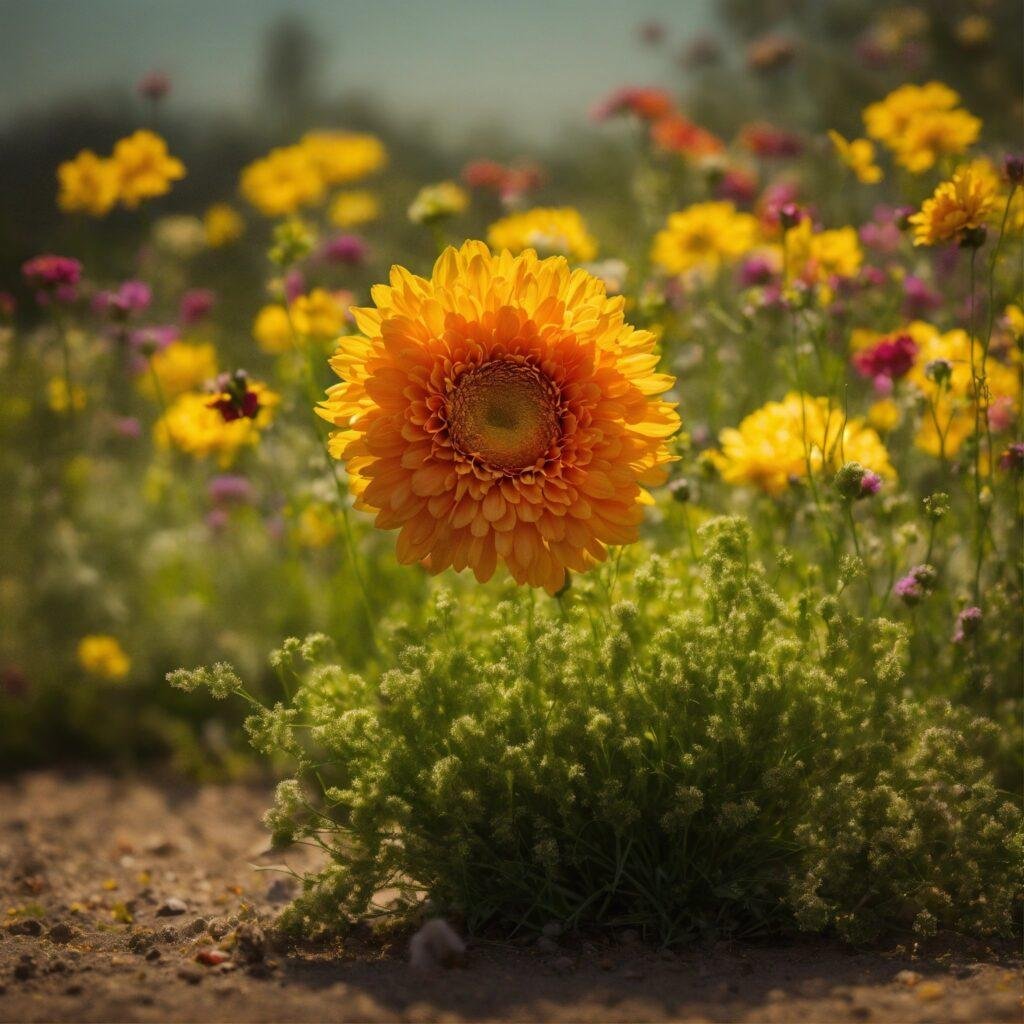How to Plant Wildflower Seeds
Planting wildflower seeds is a wonderful way to bring beauty and biodiversity to your garden or outdoor space. Whether you have a large garden or a small balcony, wildflowers can thrive in various environments and provide a vibrant display of colors. In this guide, we will walk you through the steps to successfully plant wildflower seeds and create a stunning natural habitat.
Choose the Right Seeds
The first step in planting wildflower seeds is to choose the right seeds for your specific location and climate. Different wildflower species have different requirements, so it’s essential to select seeds that are suitable for your region. Consider factors such as sunlight, soil type, and moisture levels when making your selection.
Prepare the Soil
Before sowing the wildflower seeds, it’s important to prepare the soil properly. Start by removing any weeds or grass from the area where you plan to plant. Loosen the soil using a garden fork or tiller to ensure good drainage and root penetration. If the soil is compacted or poor in quality, consider adding organic matter such as compost to improve its fertility.
Sow the Seeds
Once the soil is prepared, it’s time to sow the wildflower seeds. There are two common methods for sowing: broadcast and drill. Broadcasting involves scattering the seeds evenly over the soil surface, while drilling requires creating furrows or rows to plant the seeds. Choose the method that works best for your space and preferences.
When sowing the seeds, follow the instructions on the seed packet for the correct depth and spacing. In general, wildflower seeds should be sown at a depth of about 1/8 to 1/4 inch. After sowing, gently rake the soil to cover the seeds and ensure good soil-to-seed contact.
Water and Mulch
After sowing the seeds, it’s important to water the area thoroughly. Use a gentle spray or misting nozzle to avoid displacing the seeds. Keep the soil consistently moist but not waterlogged during the germination period. Depending on the weather and soil conditions, this may require watering once or twice a day.
Applying a layer of mulch can help conserve moisture, suppress weeds, and protect the seeds from birds or other animals. Use a natural mulch such as straw or wood chips, and apply it lightly over the seeded area.
Provide Care and Maintenance
As the wildflower seeds germinate and grow, it’s important to provide them with proper care and maintenance. Regularly monitor the soil moisture and water as needed, especially during dry spells. Remove any weeds that may compete with the young wildflowers for nutrients and space.
Once the wildflowers start to bloom, enjoy their beauty and let nature take its course. Avoid excessive pruning or deadheading, as wildflowers often self-seed and spread naturally. Allow the flowers to go to seed, and they will continue to reseed themselves for future seasons.
Enjoy the Beauty
With proper planting and care, your wildflower seeds will transform into a stunning display of colors and attract a variety of pollinators such as bees and butterflies. Sit back, relax, and enjoy the beauty and biodiversity that wildflowers bring to your garden or outdoor space.
Remember, each wildflower species has its own unique requirements, so it’s important to research and select the right seeds for your specific region. By following these steps and providing the necessary care, you can create a flourishing wildflower garden that will bring joy and natural beauty for years to come.
- Ideas4Landscaping review 2024
- The Essential Guide to Choosing and Using a Woodworking Bench
- Does Potting Soil Go Bad?
- Do Garden Snails Carry Diseases?
- How to keep pest away from garden

